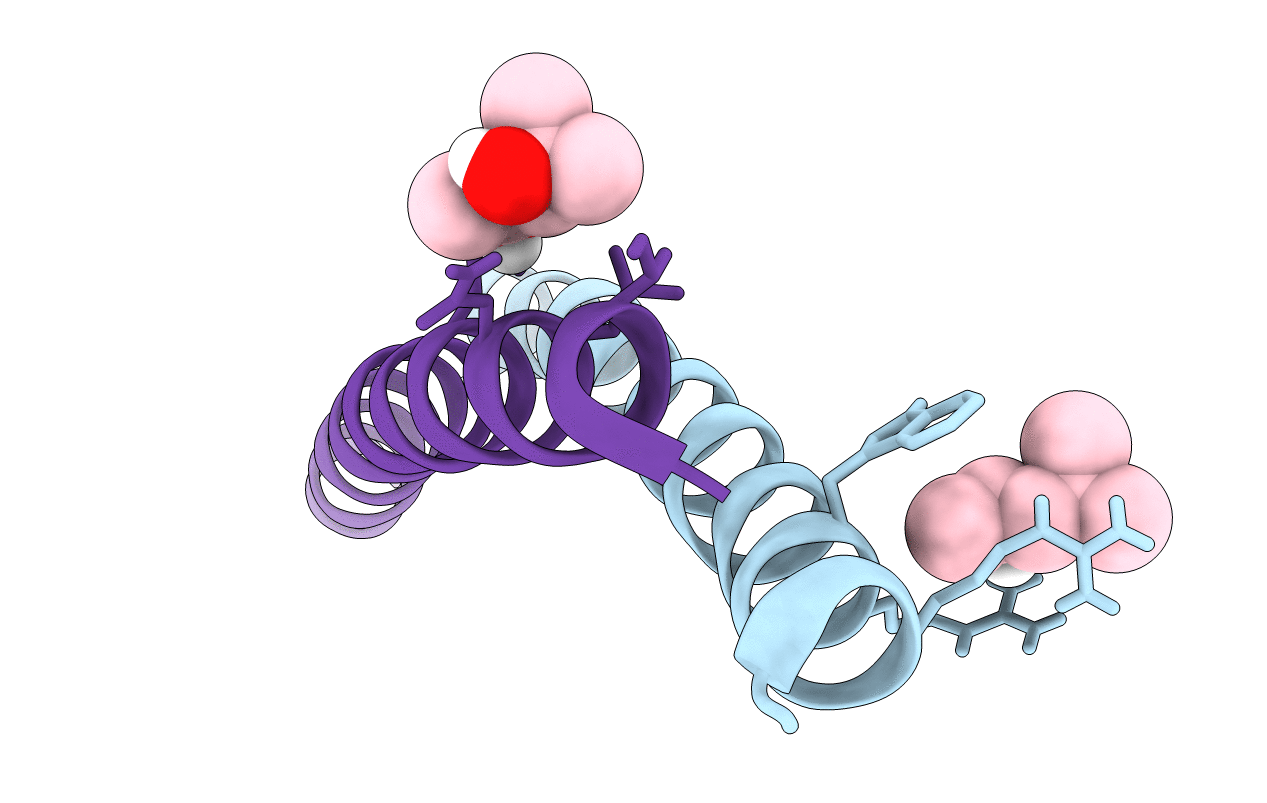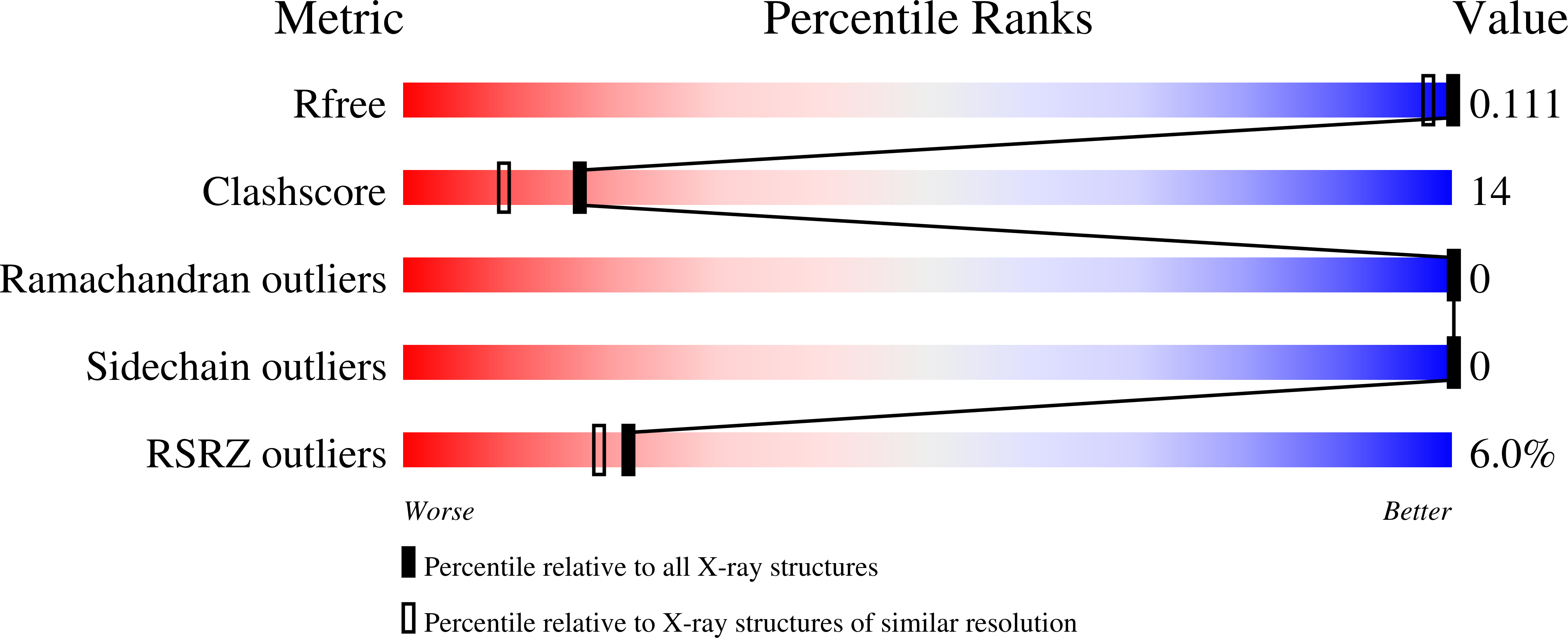
Deposition Date
2020-04-24
Release Date
2021-03-03
Last Version Date
2024-11-06
Entry Detail
PDB ID:
6YTU
Keywords:
Title:
Atomic-resolution structure of the coiled-coil dimerisation domain of human Arc
Biological Source:
Source Organism:
Homo sapiens (Taxon ID: 9606)
Method Details:
Experimental Method:
Resolution:
0.95 Å
R-Value Free:
0.12
R-Value Work:
0.10
R-Value Observed:
0.10
Space Group:
P 21 21 21


